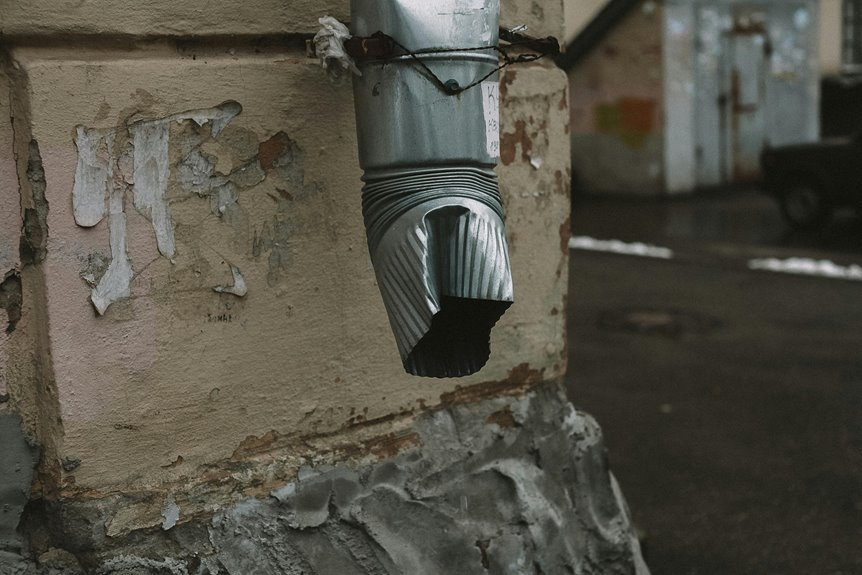
Drain Pipe Repair : How to Fix a Broken Drain Pipe at Home
Homeowners often face the challenge of a broken drain pipe. Recognizing the signs, such as damp walls or slow drainage, is crucial for timely intervention. Gathering the right tools, including a pipe wrench and sealant, is essential for an effective repair. A systematic approach will ensure successful restoration. However, understanding the steps involved and preventative measures can significantly reduce the likelihood of future issues. The next steps are vital for a long-lasting solution.
Identifying the Problem: Signs of a Broken Drain Pipe
How can one determine if a drain pipe is compromised? Effective leak detection begins with a thorough plumbing inspection.
Signs include damp walls, unusual odors, or pooling water. Homeowners should also watch for slow drainage or gurgling sounds, indicating potential blockages or breaks.
Identifying these symptoms early can prevent significant damage, ensuring the freedom to maintain a functioning plumbing system.
Gathering Your Materials: Tools and Supplies Needed
A comprehensive list of tools and supplies is essential for effectively repairing a drain pipe.
Essential tools include a pipe wrench, adjustable pliers, a hacksaw, and a pipe cutter.
Supplies such as pipe sealant, rubber patches, and replacement sections are also necessary for successful pipe repair.
Gathering these materials beforehand ensures a smooth and efficient repair process, allowing for greater freedom in tackling the project.
Step-by-Step Repair Process
Begin the repair process by shutting off the water supply to the affected drain pipe.
Next, identify the damage and select appropriate repair techniques, such as using epoxy putty or pipe clamps.
Clean the area thoroughly before applying chosen DIY methods.
Finally, allow the repair to cure completely before restoring the water supply, ensuring a secure and effective fix.
Preventative Measures: Keeping Your Drain Pipes in Good Condition
Regular maintenance plays a crucial role in ensuring the longevity of drain pipes. Homeowners should conduct regular inspections to identify potential issues early.
Proper cleaning techniques, such as using enzyme-based cleaners or hot water, can prevent clogs and buildup. Additionally, keeping grease, hair, and debris from entering the drains will significantly reduce the risk of damage and prolong the life of the pipes.
Conclusion
In the realm of home maintenance, addressing a broken drain pipe is akin to mending the threads of a frayed tapestry; each step is crucial in restoring harmony to the household. By diligently identifying issues, equipping oneself with the right tools, and methodically executing repairs, homeowners can effectively safeguard their plumbing systems. Embracing regular inspections serves as a sentinel against future mishaps, ensuring that the flow of daily life remains uninterrupted and serene.




